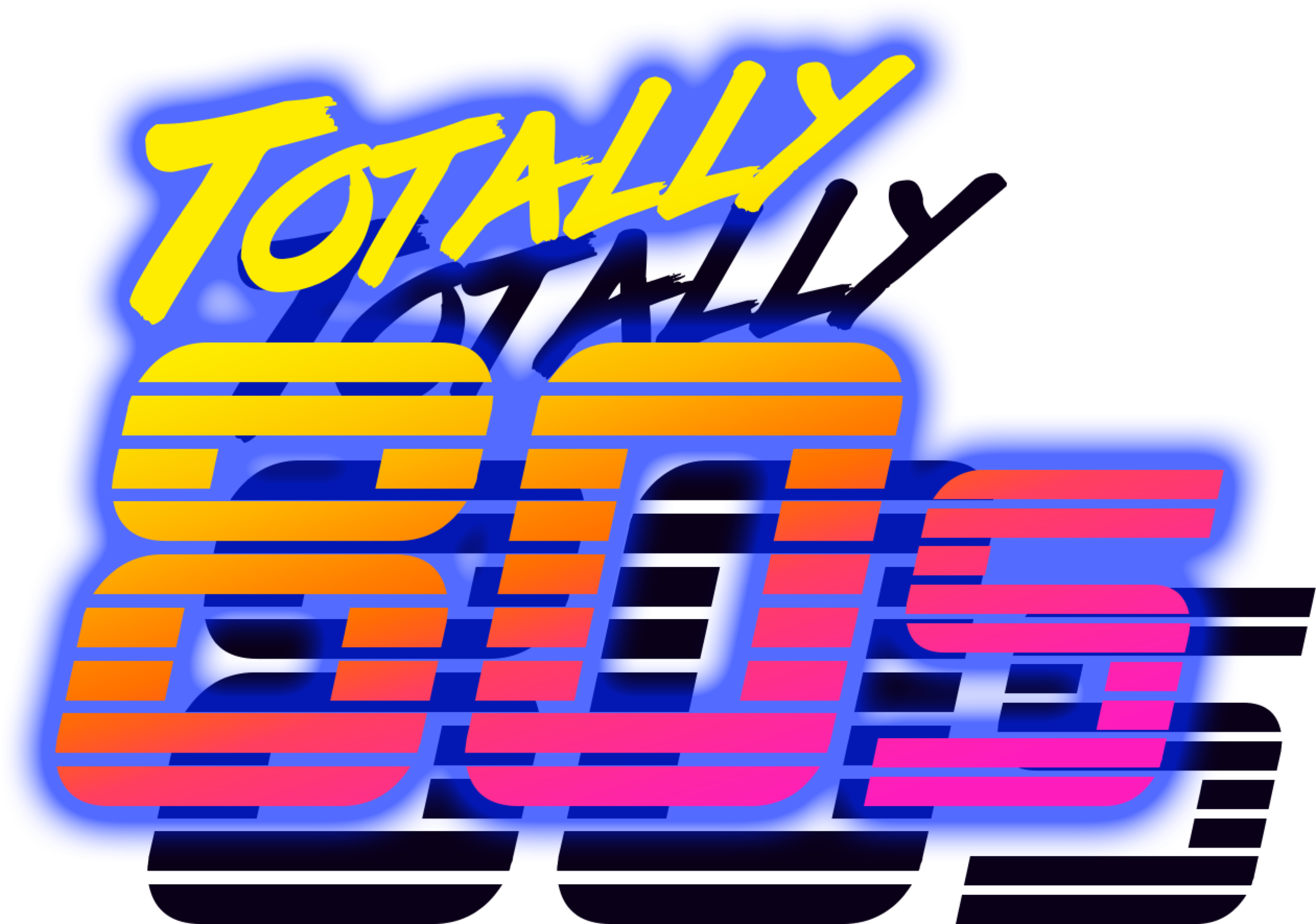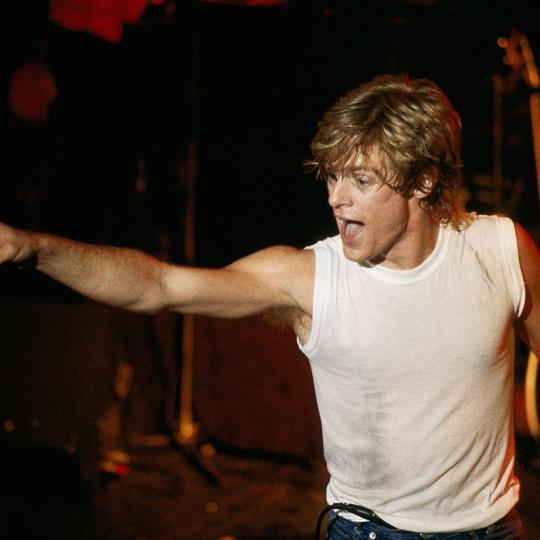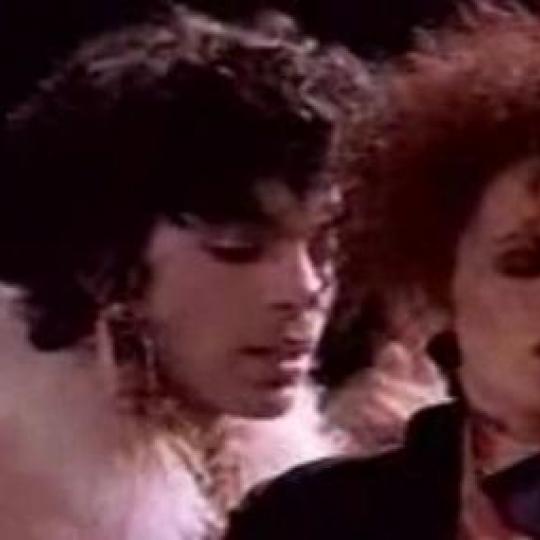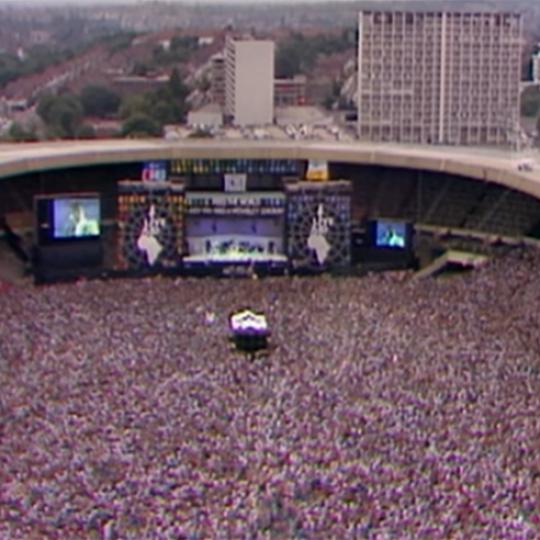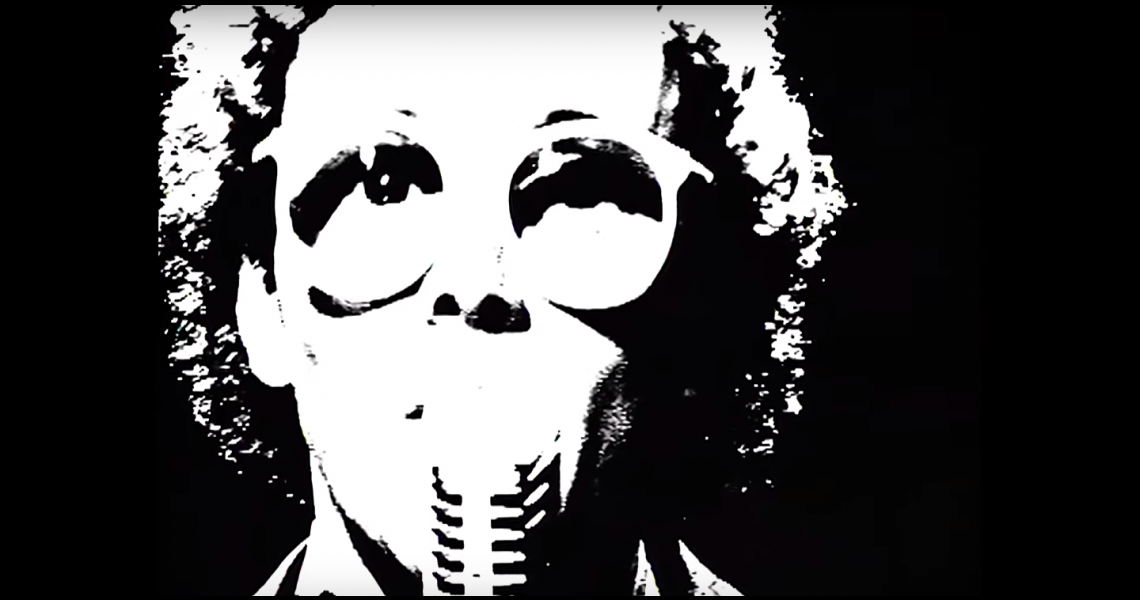
If you were lucky enough to be up at midnight on Aug. 1, 1981, when MTV launched its first broadcast, you'd no doubt be familiar with the New Wave strains and quirky visuals of "Video Killed the Radio Star," a tune by The Buggles immortalized forever as an answer to a potent trivia question.
READ MORE: March 1982: "I Want My MTV!" Campaign Launched
What's funny, in hindsight, is the song itself was already kind of old news. On Dec. 15, 1979 - long before "Music Television" was an idea - "Video" peaked on Billboard's Hot 100 at a decidedly less-than-prophetic No. 40. So how did this song come about, anyway?
"Video Killed" was the brainchild of three British musicians: Trevor Horn, Geoff Downes and Bruce Woolley, who were tinkering with synthesizers and production in Downes' London apartment. From a chorus of Woolley's, the trio devised a sweetly nostalgic song imagining the coming wave of music videos in England as quaint fad, with Horn's high-pitched vocal mourning for the world before "pictures came and broke your heart." By the time The Buggles' demo was given the time of day by record companies, Woolley had already left to form his own group, The Camera Club - who released the first, radically different version of "Video."
Of course, Woolley and The Camera Club didn't have a clip to go with their tune - and that's where The Buggles really carved their initials into musical history. Working with video director/producer Russell Mulcahy (who'd later direct iconic clips for bands like Duran Duran before going mainstream with the film Highlander), the "Video"...er, video features exploding radios, women dancing in plastic tubes, Horn's bug-eyed glasses - and even a cameo from future film composer Hans Zimmer! (He's the black-clad synth player at the video's end.)
The video was a considerable smash in England, where it played on programs like Top of the Pops and helped the single reach the top of the nation's charts. But the song got a muted reception on American radio, and was among the limited selections record labels distributed to MTV for their initial airtime. “It made an aspirational statement,” MTV co-founder Bob Pittman later told People. “We didn’t expect to be competitive with radio, but it was certainly a sea-change kind of video.”
Things for The Buggles had actually got weirder by the time the channel launched. In 1980, Horn and Downes were quickly hired into the ranks of prog-rock group Yes, replacing singer Jon Anderson and keyboardist Rick Wakeman. The resulting album, Drama, was a U.K. No. 2 hit - but on the day Horn called sessions for another Buggles record, Howe announced he was leaving the group, joining Yes guitarist Steve Howe in the new prog supergroup Asia (whose "Heat of the Moment" became a smash hit in 1982).
READ MORE: January 1984: Yes' "Owner of a Lonely Heart" Becomes Their Only No. 1 Hit
Horn's Buggles album, Adventures in Modern Recording, flopped, but his increasing interest in synthesizers and sampling led him down a new path as a record producer. He'd be involved with some of the decade's biggest hits, including Frankie Goes to Hollywood's "Relax," The Art of Noise's influential "Beat Box" and, with Anderson returning as singer, Yes' mega-hit "Owner of a Lonely Heart." Horn and Downes would reunite for handfuls of live performances in the '90s and '00s - something they never did in their heyday - and the legacy of "Video Killed the Radio Star" lives on, years after MTV stopped regularly playing music videos.
- Log in to post comments
